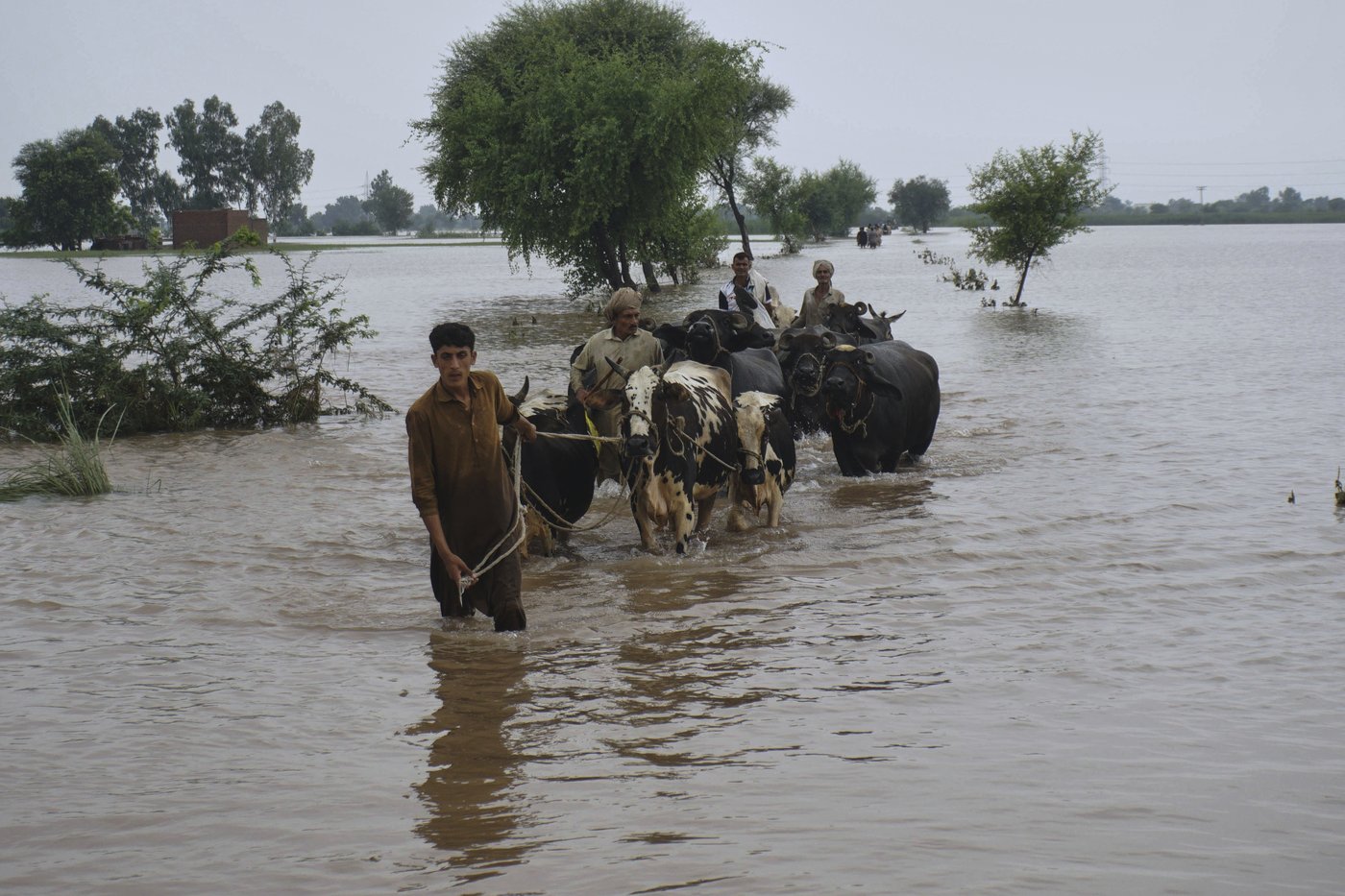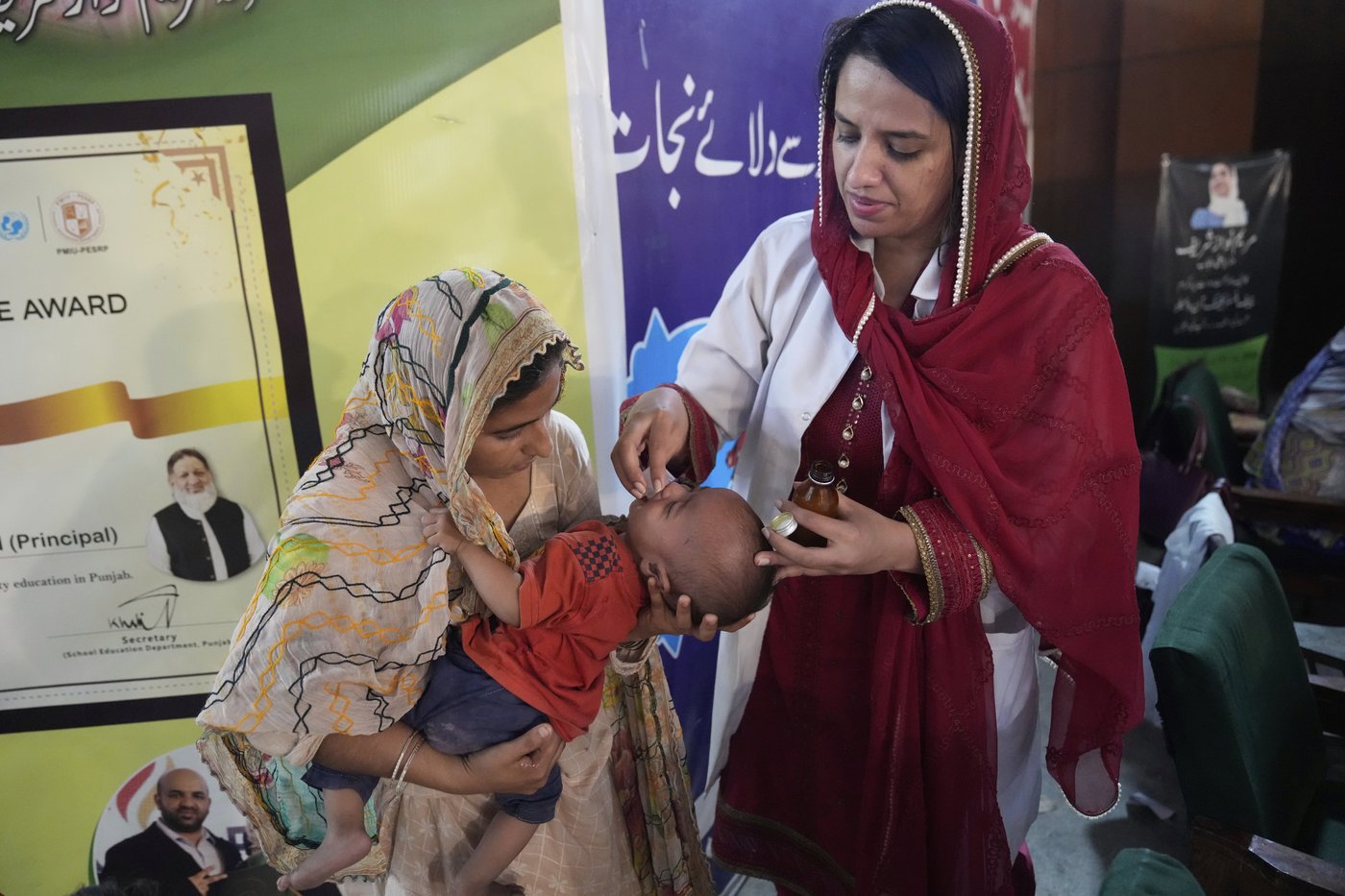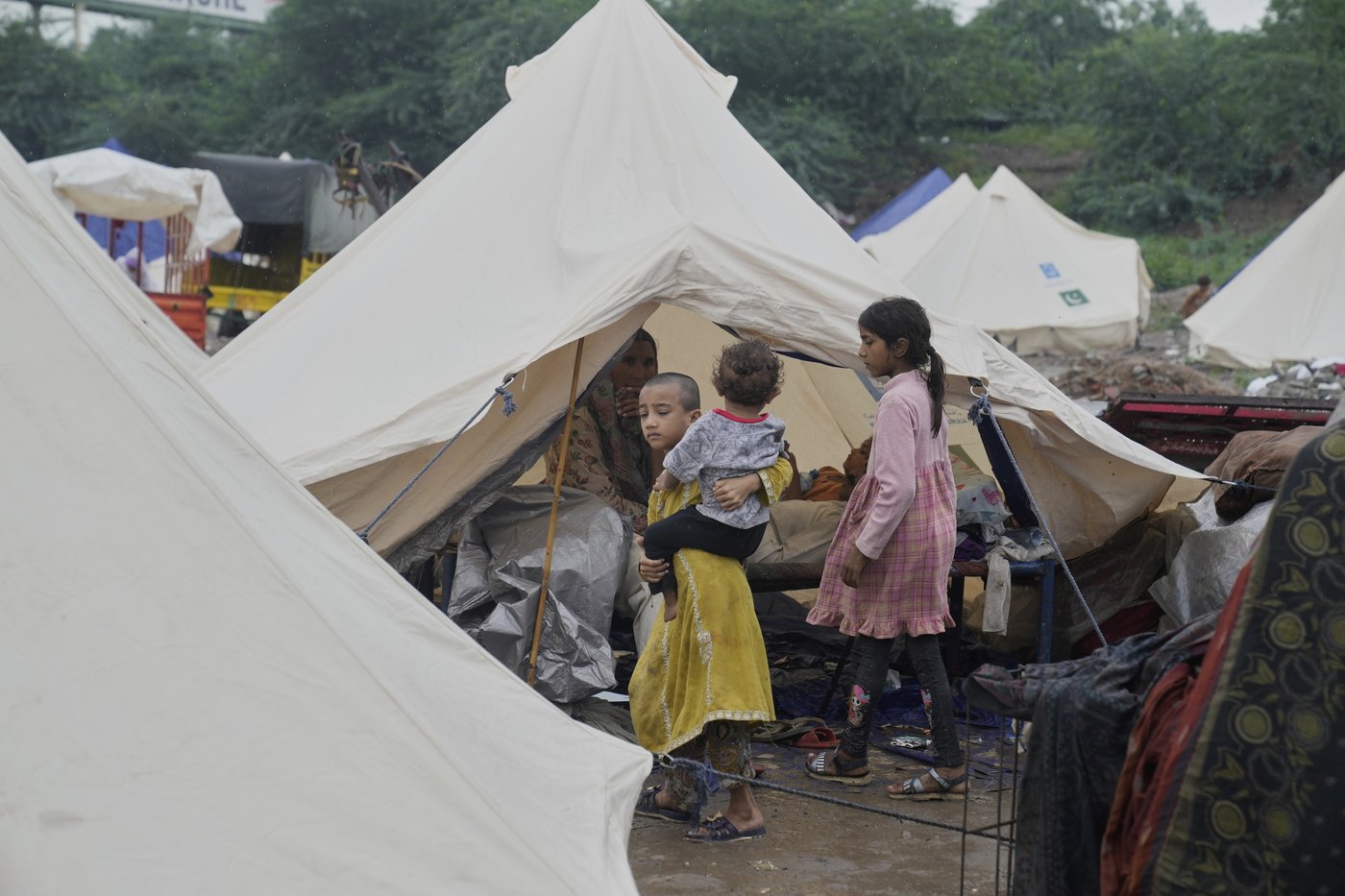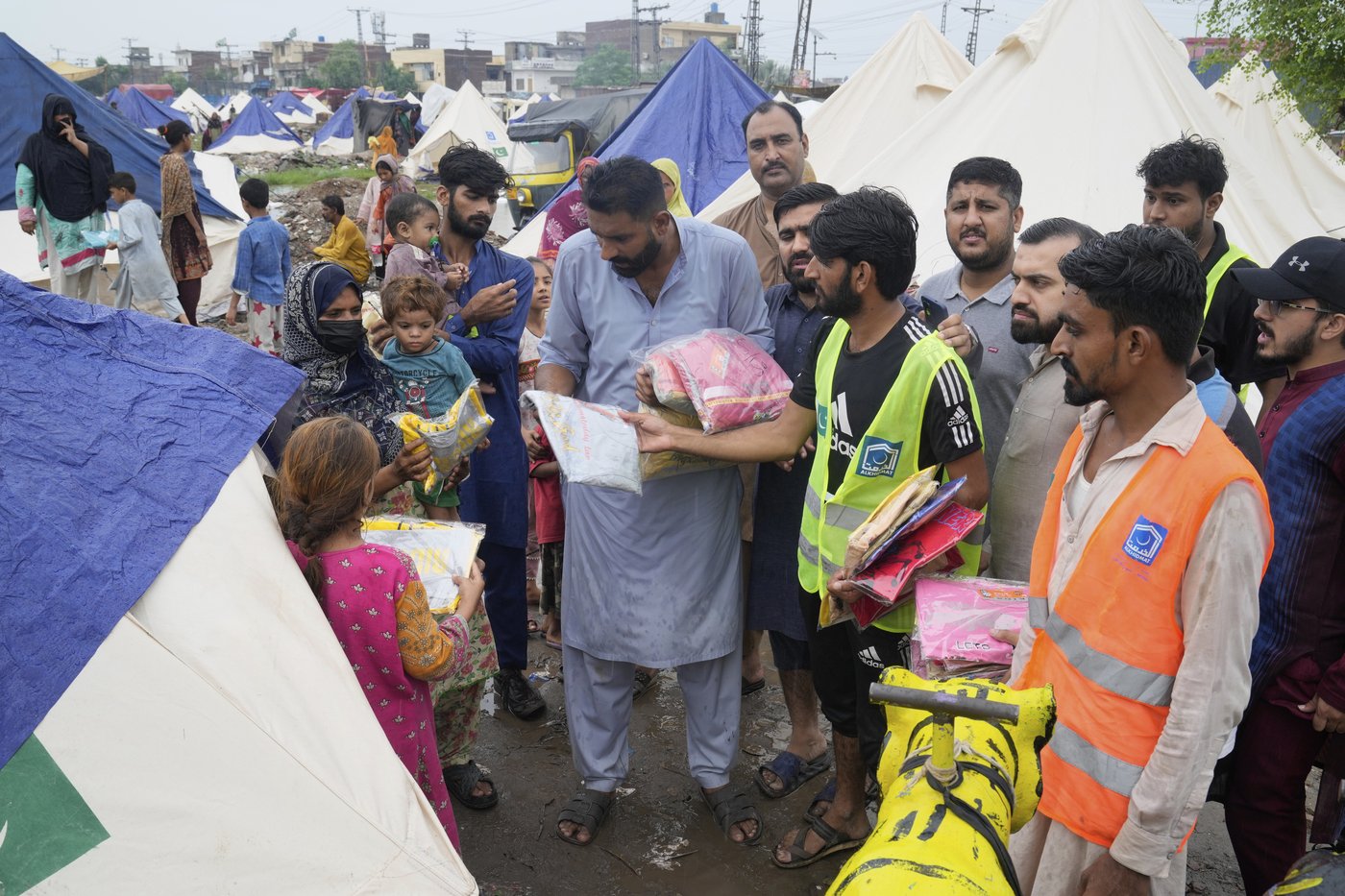
Pakistan’s Punjab province battered by its biggest flood with 2 million people at risk
LAHORE, Pakistan (AP) — Pakistan’s eastern Punjab province is dealing with the biggest flood in its history, a senior official said Sunday, as water levels of rivers rise to all-time highs.
Global warming has worsened monsoon rains this year in Pakistan, one of the countries most vulnerable to climate change, according to a new study. Downpours and cloudbursts have triggered flash floods and landslides across the mountainous north and northwest in recent months.
Residents in eastern Punjab have also experienced abnormal amounts of rain, as well as cross-border flooding after India released water from swollen rivers and its overflowing dams into Pakistan’s low-lying regions.
“This is the biggest flood in the history of the Punjab. The flood has affected 2 million people. It’s the first time that the three rivers — Sutlej, Chenab, and Ravi — have carried such high levels of water,” the senior minister for the province, Maryam Aurangzeb, told a press conference on Sunday.
Local authorities were evacuating people and using educational institutions, police and security facilities as rescue camps, she said. Pakistani TV channels showed people clambering into rescue boats and sailing across fully submerged farmland to safety. Others loaded belongings into boats, salvaging what remained from damaged homes, now abandoned.
“The Foreign Ministry is collecting data regarding India’s deliberate release of water into Pakistan,” Aurangzeb said. There was no immediate comment from India.
India had alerted Pakistan to the possibility of cross-border flooding last week, the first public diplomatic contact between the rivals since a crisis brought them close to war in May.
Punjab, home to some 150 million people, is a vital part of the country’s agricultural sector and is Pakistan’s main wheat producer. Ferocious flooding in 2022 wiped out huge swathes of crops in the east and south of the country, leading Prime Minister Shehbaz Sharif to warn that the country faced food shortages.
Figures from Pakistan’s national weather center show that Punjab received 26.5% more monsoon rain between July 1 and Aug. 27, compared to the same period last year.
‘We cannot fight the water or stop it’
In Multan, authorities installed explosives at five key embankments to divert water away from the city, if needed, ahead of a massive wave on its way from the Chenab River.
Multan Commissioner Amir Kareem Khan said drones were used to monitor low-lying areas while teams tried to persuade residents who had not yet evacuated to do so.
“The water is coming in large quantities — we cannot fight it, we cannot stop it,” Deputy Commissioner Wasim Hamad Sindhu said, appealing on people to seek shelter in government-run camps.
Resident Emaan Fatima went to a camp after water surrounded her home.
“Our animals are starving, and we are also not getting food anywhere else,” she said. “We are not sitting here by choice. Our houses are in danger. We are very worried.”
Pakistan’s disaster management authority said 849 people have been killed and 1,130 injured nationwide in rain-related incidents since June 26.
The chief minister of southern Sindh province, Murad Ali Shah, said he had instructed the Irrigation Department to get ready for a “super flood” at barrages.
“We call it a super flood when the water level exceeds 900,000 cusec (cubic foot per second),” Shah told reporters. “We hope that the water will not reach the 900,000 level, but we still have to be prepared. The most important thing for us is that we save human lives and livestock.”
Pakistan’s monsoon season usually runs to the end of September.
—-
Associated Press writer Asim Tanveer in Multan, Pakistan, contributed to this report.




Join the Conversation!
Want to share your thoughts, add context, or connect with others in your community?
You must be logged in to post a comment.


















